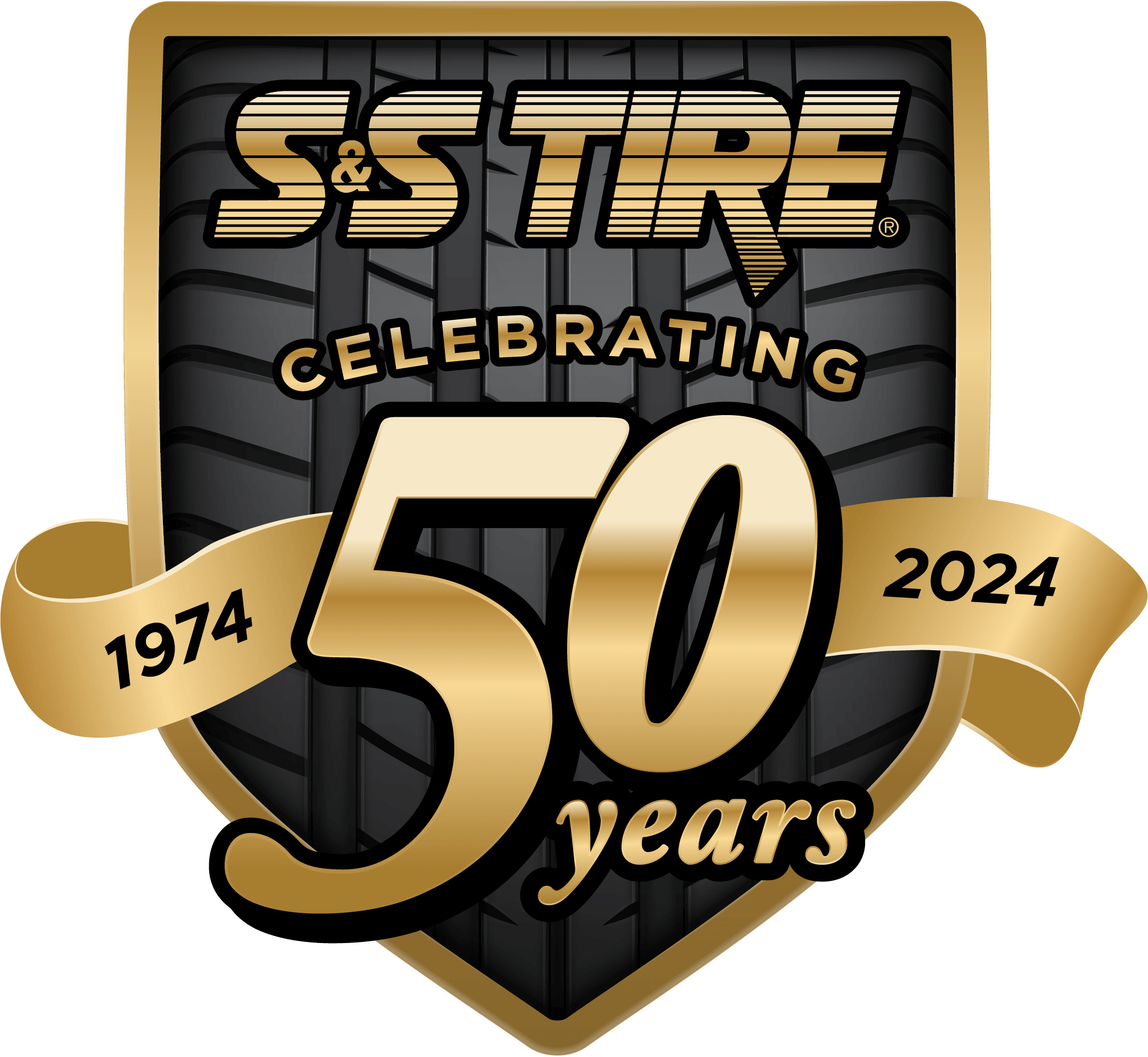Dear Tracy,
I need to purchase new tires for my car, and I am trying to sift through all of the claims that the different manufacturers advertise. I think it would help if I had a better understanding of how tires are made, so I know what features are important. Can you explain how tires are made in a way that is easy to understand?
-Jennifer J.
Dear Jennifer,
We think it’s great that you want to be an educated tire buyer! Understanding the basic construction of tires is a great place to begin.
Tires are much more complex and technologically advanced today than ever before. Manufacturers combine engineering features and chemical formulas to create the best performing tires for a variety of road conditions, climates, and driving styles. The latest advances in tire technology offer the best in performance, ride comfort, fuel efficiency, safety, and reliability.
Tires are made up of many different elements, assembled in a tire building machine. The basic components of a tire include the bead, the body ply, the belt package, and the sidewall.
The bead, a loop of high-strength, rubber coated cable, is where the tire gets its strength. When tires are mounted on the wheel rim, the bead strength allows the tires to withstand the pressure of the mounting machine.
The body ply refers to the layers that make up the tire. Plies or layers of fabric are rubber coated, sealing and bonding the elements together. In addition to the bead, the strength of the tire also comes from the number of plies.
The belt package involves bands of steel incorporated into steel belted radial tires to reinforce the area under the tread. The belt package provides better road surface contact and puncture resistance.
The sidewall is the surface area, where you will find the identification letters and decorative features. The sidewall of the tire provides protection, stability, and resistance to abrasion.
After assembly, tires are cured and finished to precise specifications. It is during this step that all of the markings and tread patterns are molded into the tire. This is also when the heating or vulcanizing process bonds all of the components together in the final phase of creating the tire.
